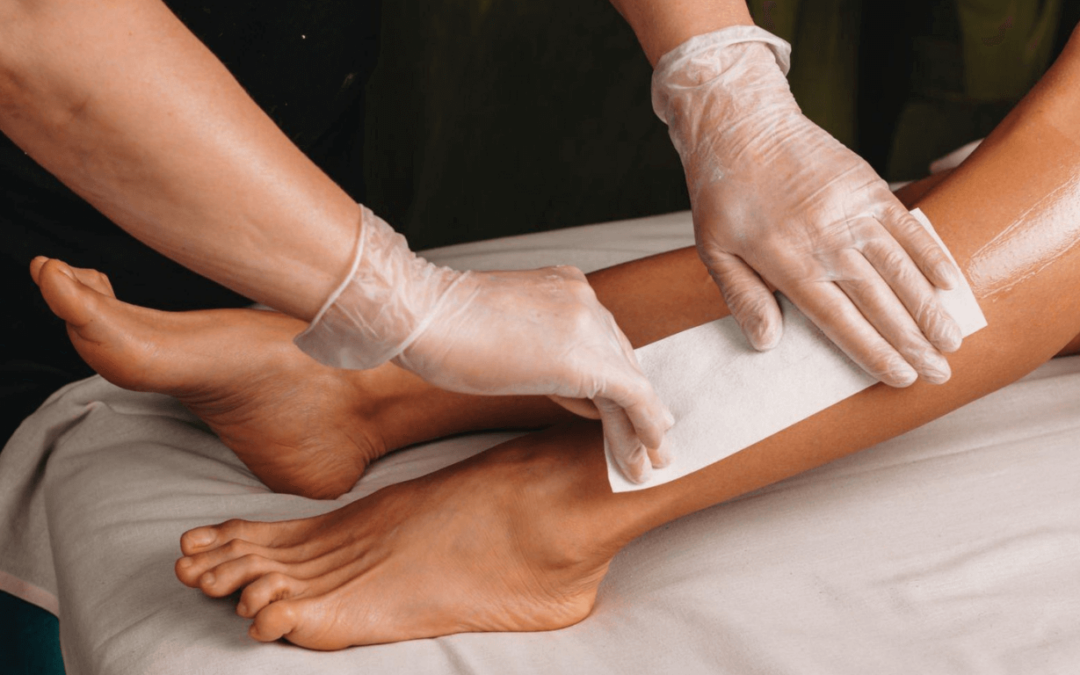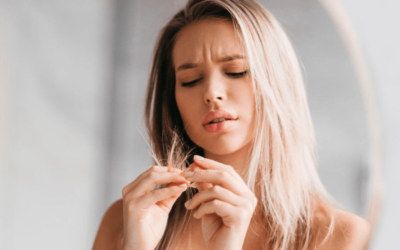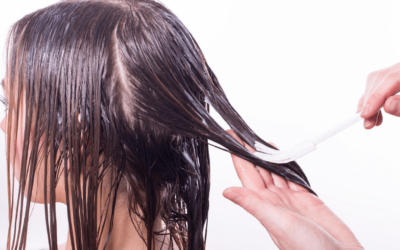Waxing is a popular and effective method for removing unwanted hair from various parts of the body. But have you ever wondered, “How long does hair have to be to wax?” The answer lies in finding the perfect hair length for a successful waxing session.
Whether you’re a waxing newbie or a seasoned pro, this comprehensive guide will unravel the mysteries behind hair length and waxing.
Get ready to explore the ins and outs of achieving the ideal hair length for a smooth and satisfying waxing experience.
The Golden Rule of Waxing: Hair Length Matters
Before diving into the specifics, let’s establish the golden rule of waxing: hair length matters. Wax needs enough hair length to adhere to for effective hair removal.
If the hair is too short, the wax may not grip it properly, resulting in incomplete removal and the need for repeat sessions.
The Ideal Hair Length for Different Body Parts
The ideal hair length for waxing varies depending on the body part you wish to wax. Here’s a breakdown of the recommended hair lengths for popular waxing areas:
Legs: For leg waxing, hair should be at least 1/4 to 1/2 inch long (about the length of a grain of rice). If the hair is longer than this, consider trimming it before waxing for a smoother process.
Bikini Area: The hair in the bikini area should also be about 1/4 to 1/2 inch long. Avoid waxing the bikini area if the hair is too short, as it may lead to skin irritation.
Underarms: Underarm hair should be approximately 1/8 to 1/4 inch long. Longer hair in this area may cause more discomfort during waxing.
Eyebrows: For eyebrow waxing, hair length should ideally be between 1/8 to 1/4 inch. Any shorter, and it may be challenging to grasp with the wax.
The Waiting Game: How Long to Grow Your Hair
Achieving the ideal hair length for waxing requires some patience. If you’ve recently shaved or trimmed the hair, you’ll need to wait for it to grow to the appropriate length.
Typically, this takes about 2 to 4 weeks, depending on your hair’s natural growth rate.
Pro tip: If you’re unsure whether your hair is long enough, wait a few extra days to ensure it meets the recommended length.
Avoiding the “Too Short” Dilemma
Attempting to wax hair that is too short can lead to a less-than-pleasant experience. When hair is too short, the wax may not fully grip it, resulting in incomplete hair removal.
Additionally, pulling on short hair can be more painful than waxing hair at the recommended length.
Pro tip: If you’re tempted to wax before the hair has grown to the ideal length, consider other hair removal methods, such as shaving, until the hair is ready for waxing.
Trimming vs. Waxing: Striking the Balance
In some cases, hair may be too long for effective waxing. When faced with this dilemma, consider trimming the hair to the appropriate length before waxing.
However, be cautious not to trim it too short, as this may lead to the “too short” dilemma discussed earlier.
Pro tip: Invest in a small pair of trimming scissors specifically for grooming hair before waxing.
Waxing Dos and Don’ts
To ensure a successful waxing experience, keep these dos and don’ts in mind:
Do: Exfoliate the skin a day or two before waxing to remove dead skin cells and reduce the risk of ingrown hairs.
Don’t: Use lotions or oils on the skin before waxing, as they can create a barrier between the wax and the hair.
Do: Communicate with your esthetician or follow the waxing kit instructions carefully for the best results.
Don’t: Wax over irritated or sunburned skin, as this can lead to further irritation.
Post-Wax Care: Nurturing Your Skin
After waxing, it’s essential to take good care of your skin to prevent irritation and ingrown hairs. Use soothing creams or aloe vera gel to calm the skin and reduce redness.
Avoid activities that may cause excessive sweating or friction on the waxed area for at least 24 hours after the waxing session.
Waxing Etiquette: Tips for a Comfortable Experience
Aside from achieving the perfect hair length, following waxing etiquette can make your experience more comfortable and enjoyable:
Arrive Clean: Before your waxing appointment, make sure you have freshened up and cleaned the area you wish to wax. This ensures a hygienic experience for both you and the esthetician.
Communicate Your Preferences: If you have specific preferences or concerns about the waxing process, don’t hesitate to communicate them with your esthetician. They can tailor the waxing technique to suit your needs.
Stay Relaxed: While waxing can cause some discomfort, staying relaxed during the process can help minimize the pain. Take deep breaths and trust your esthetician’s expertise.
Different Types of Waxing: Which One is Right for You?
There are various types of waxing techniques available, each suited for different body parts and preferences:
Soft Wax: Soft wax is applied in a thin layer and removed using cloth strips. It is suitable for larger areas like legs and arms.
Hard Wax: Hard wax is applied directly to the skin and removed without the need for cloth strips. It is gentle on the skin and perfect for sensitive areas like the bikini line and face.
Sugaring: Sugaring is a natural alternative to traditional waxing, using a paste made from sugar, lemon, and water. It is effective for hair removal and less painful for some individuals.
Waxing at Home: Tips for a Successful DIY Session
If you prefer waxing at home, follow these tips to ensure a successful DIY waxing session:
Choose Quality Products: Invest in high-quality waxing kits that come with clear instructions and all the necessary tools for a smooth process.
Test Patch: Before applying wax to a larger area, do a test patch on a small section of your skin to check for any adverse reactions.
Apply in the Right Direction: Always apply the wax in the direction of hair growth and remove it in the opposite direction for effective hair removal.
Take Your Time: Don’t rush through the process. Take your time and work in smaller sections to achieve the best results.
Professional vs. DIY: Which is Better?
Deciding between professional waxing and DIY waxing depends on your preferences and comfort level. Professional estheticians have experience and expertise in waxing, providing a more efficient and precise service.
DIY waxing, on the other hand, offers convenience and privacy but may require more practice and patience to achieve the desired results.
Waxing and Hair Growth Cycles
Understanding your hair growth cycle can also impact your waxing experience. Hair goes through different phases, and waxing during the anagen phase, when the hair is actively growing, yields the best results.
On average, hair growth cycles last about 4 to 6 weeks, which aligns with the recommended time frame for waxing.
Conclusion
The perfect hair length for waxing plays a vital role in achieving smooth and satisfying results. Knowing the ideal hair length for different body parts, following waxing etiquette, and choosing the right waxing technique are essential for a successful waxing experience.
Whether you opt for professional waxing or DIY waxing at home, patience and attention to detail will ensure you enjoy the benefits of hair-free skin.
Armed with these comprehensive tips and tricks, you can confidently venture into the world of waxing and revel in the long-lasting and silky-smooth results.
















